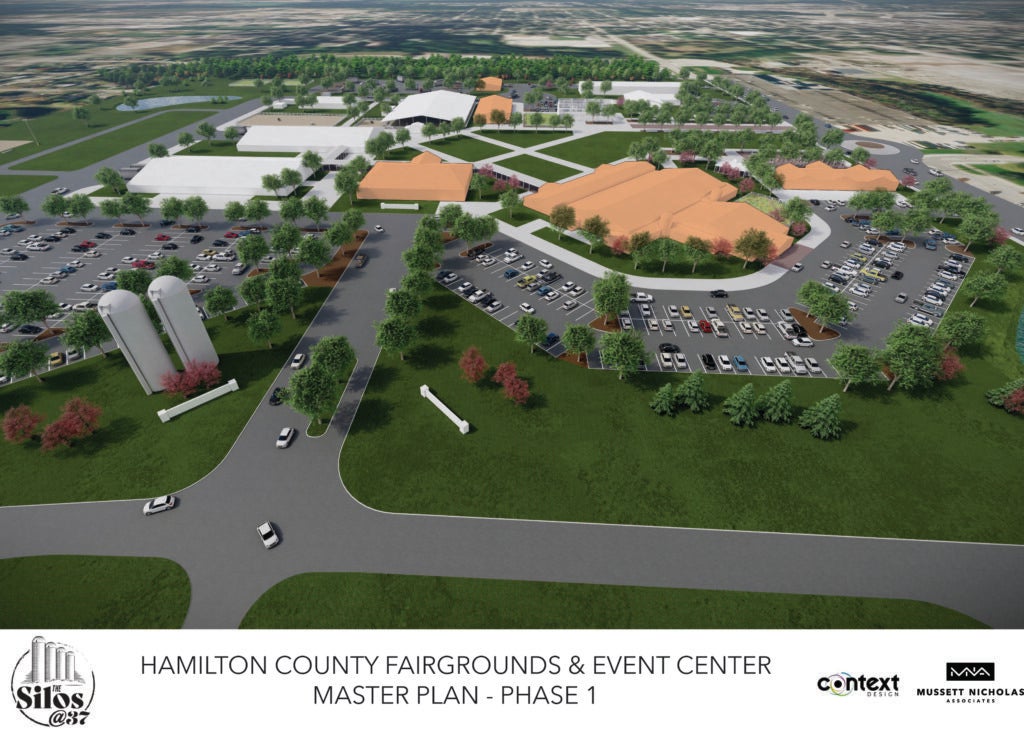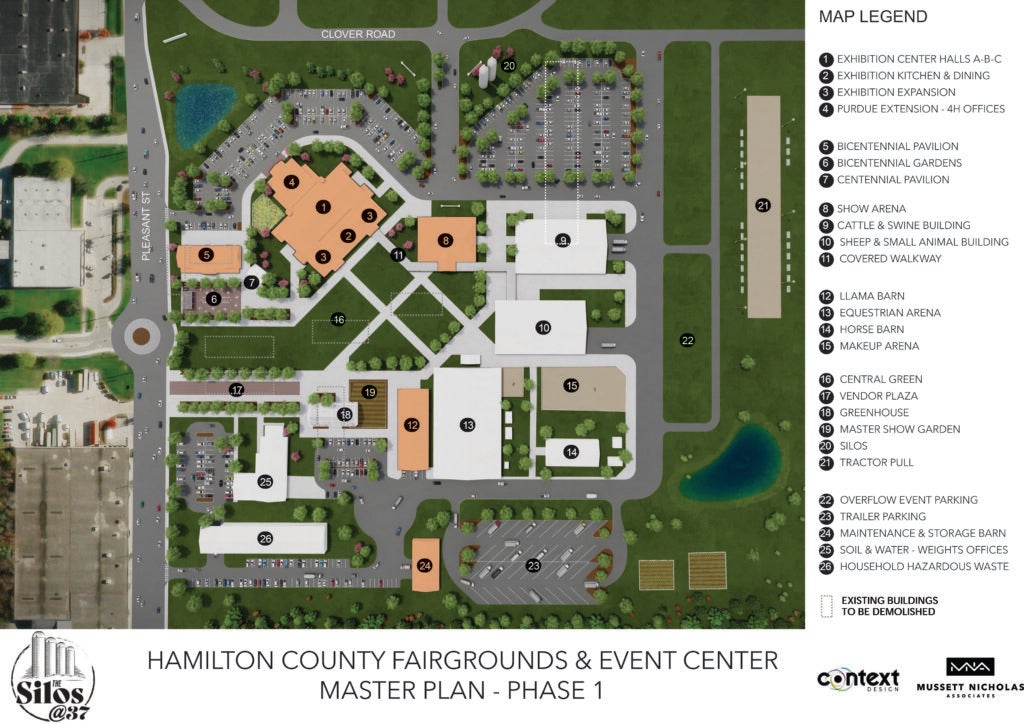Hamilton County officials debate $63M fairgrounds improvement project
INDIANAPOLIS (WISH) — The Hamilton County Commissioners are proposing a fairgrounds improvement project costing upwards of $63 million.
The plan came because Phase 2 of the Noblesville government’s Pleasant Street Expansion Project will take out the Winks Building and other county municipal buildings.
Mark Heirbrandt, a Republican who is a Hamilton County commissioner, said, “The proposed project to fully build it out was approximately $63 million. Obviously, that is a lot of money and we wouldn’t be able to afford to do all of that at once.”
This fairgrounds improvement plan is broken into three phases. The first is the most costly and includes infrastructure updates to improve stormwater drainage, demolition of buildings bordering Pleasant Street, and the start of improving various buildings.
“The fairgrounds are used by numerous county offices for training, such as the sheriff’s office, emergency management, the health department,” Heirbrandt said.
The first phase of the project will relocate the a maintenance and storage barn, improve the llama barn, and build a new Bicentennial Pavilion. The plan also calls for expanding and improving the Exhibition Center and creating a new show arena.

Heirbrandt said the plan will “change some of the uses to make it more educational for people in our community as well as rental space and looking at a potential return on investments whether it’s weddings or other family events.”
The Hamilton County Council manages the finances. Councilor Ken Alexander says he is concerned about funding all three phases of the plan. Alexander says, as it currently stands, the first phase of the project would cost approximately $26.5 million. Phase 2 would come in at $15.5 million and, Phase 3, $22 million.
“We’ve dedicated $15 million and provided a financial plan to fill a gap,” Alexander said. “If they’re not going to choose that plan, it’s incumbent upon the fairgrounds and that leadership to fill that gap.”
Alexander says the council asked the commissioners to come up with a plan to finance the rest of the project. He suggests using a bond anticipation note to fund moving the fairgrounds to a new location, then using the tax dollars from private development to finance it.
The fairgrounds are tax-exempt because they are county-owned, so by allowing them to be privately developed and taxed through tax-increment financing, also called a TIF bond, the county could use that money to build a fairground in a new location.
“My opinion was not to move the fairgrounds but to find a financial plan that got the fairgrounds built,” Alexander said. “We have a unique opportunity with it being on tax-free land to maybe turn it into a ‘TIF-able’ area.”
Heirbrandt says it is important the fairgrounds remain in a central part of the county. “It was overwhelmingly supported to keep the fairgrounds in that location. One of my jobs is to listen to the people, especially the people that utilize that facility.”



